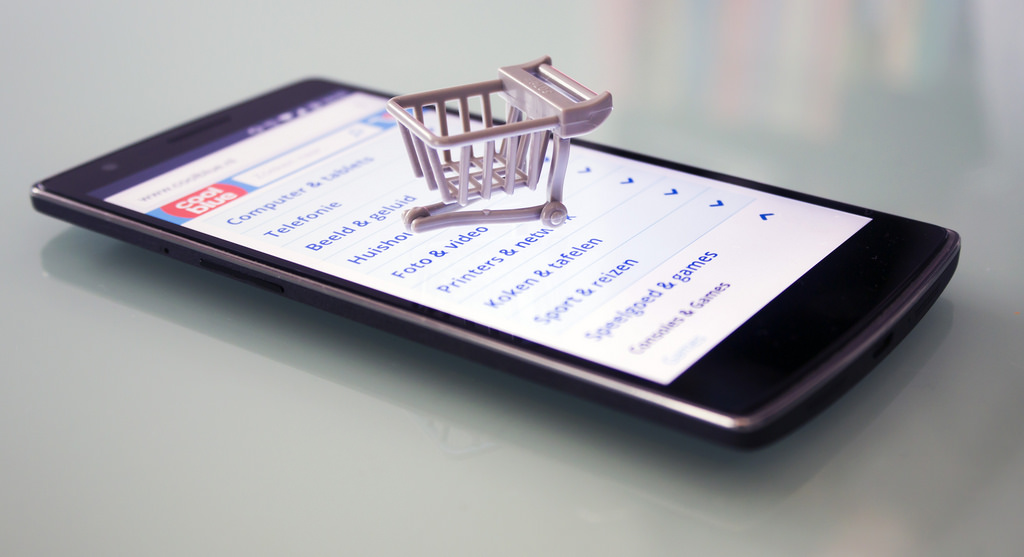Many of the marketing and sales executives I meet have big problems with trade investment. Typically trade investment is large, increasing (often faster than sales) and most acknowledge that the returns from it are dubious. Over the years the money spent on trade investment by many consumer goods companies has ballooned, putting enormous pressure on marketing budgets. Few sales directors, marketing directors or CEOs deny this: but many struggle to make changes to their trade investment approach. Why is this the case, and what can be done?
Changing trade investment is scary
When we talk to clients about improving returns from trade investment, they often get nervous. They worry that it will be hard to reduce spend: worry about being penalized by customers. Well, the bad news is there is no gain without some risk. But the good news is that, for the vast majority of companies we interact with, massive improvement can be made without reducing spend at all. We just need to spend it differently. Here are four steps which can be taken to improve returns on trade investment.
Analyze current trade investment
In dealings with a retailer, a manufacturer should be reasonably happy to invest in activities that drive growth or reduce costs. Both of those have the potential to be able to deliver a meaningful return. However when we analyze spend on behalf of clients, typically there is a significant amount of spend that is non-productive – i.e. It does not deliver activity that would drive growth or increase efficiency. What would be the impact on profit of moving expenditure from non-productive areas to growth or efficiency driving activities? The customer gets the same investment funds, but the likelihood of the brand owner getting a better return is significantly better.
Identify key growth driving activities
Once non-productive trade investment funds are identified, the next step is to identify which activities we are most interested in. Typically these will be those that will drive sales growth for our brands. If we can use an understanding of shoppers to identify a range of activities which will drive growth we can look to move trade investment from non-productive spend areas, to productive ones.
Emphasize the value of trade investment
When money is ‘invested’ in retail in a non-productive manner the manufacturer gains little, but the retailer still gets the money. If we wish for the retailer to accept spending against a different activity, we have to demonstrate that this could yield higher value than the current way of spending money. We need to be able to demonstrate that it will deliver growth (or efficiency) for the retailer above and beyond the value of the cash that changes hands.
A well-structured sales proposition which explains why this activity is valuable is key. And I don’t mean valuable to your brand (the retailer knows this – after all if it wasn’t valuable to you, then why would you be asking for it?) We’re looking for something that is valuable to the retailer, which will help the retailer hit their KPIs. If this is backed up with coherent math based on solid shopper data, then so much the better. If we do this, we’re asking the retailer to do something which is in their interests, and we can prove it – always a good start to any negotiation!
Make trade investment conditional
If we’re looking to grow, then with the previous analysis in place, we should now have identified a number of investments that are growth focused. Many of these will be investments in return for changes in-store – space, displays, signage, listings, mailers – (if nothing changes in front of the shopper, then there is no reason to believe that growth is going to happen).
But how much of what you pay for actually happens? If you pay for a display in 1000 stores, how many are up, on time, and stay in place for the agreed period? Audits suggest in-store compliance is poor – as low as 50% in some markets. When the activity doesn’t happen, do you still pay? Crazy as it might seem, many manufacturers pay regardless. That’s like ordering a meal in a restaurant, the food not arriving, and still settling the bill. Many brand owners don’t even know if activity was implemented or not, as they don’t invest in effective auditing.
Everything should be conditional. Payments made when, and only when activity happens. Tough to negotiate? Well – yes. But conditionality is a highly legitimate position, which makes holding firm a lot easier. And it’s a lot easier than telling a retailer you are cutting spend! Additionally, if the activity is the right activity (and you have data to prove it!), it should drive the retailer’s sales too, so it’s a win-win for both sides. And lastly, it’s hard for a retailer to deny this clause without getting into a discussion about their terrible compliance.
With spend being focused on valuable activities, and only being paid when value is delivered, most manufacturers see significant improvements in the returns they make on trade investment. Too good to be true? Not at all! We’ve made this happen with clients countless times. We work with many clients in this area, with the goal of creating simple and transparent rules around trade investment. We call the model GEMs. If you want learn more about GEMS and how we can help you massively improve returns on trade investment – contact me here. It’s simpler than you think!
This part of the process only takes you so far, however. To drive returns on trade investment to the next level, manufacturers need to make smarter choices about which customers they invest in. But that will have to wait until another post (subscribe if you’d like to find out!)
Image: Flickr





